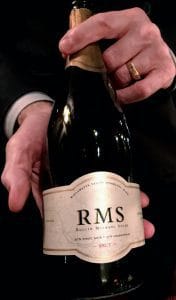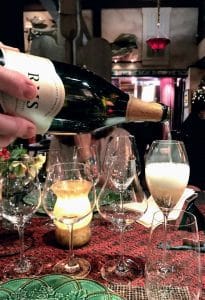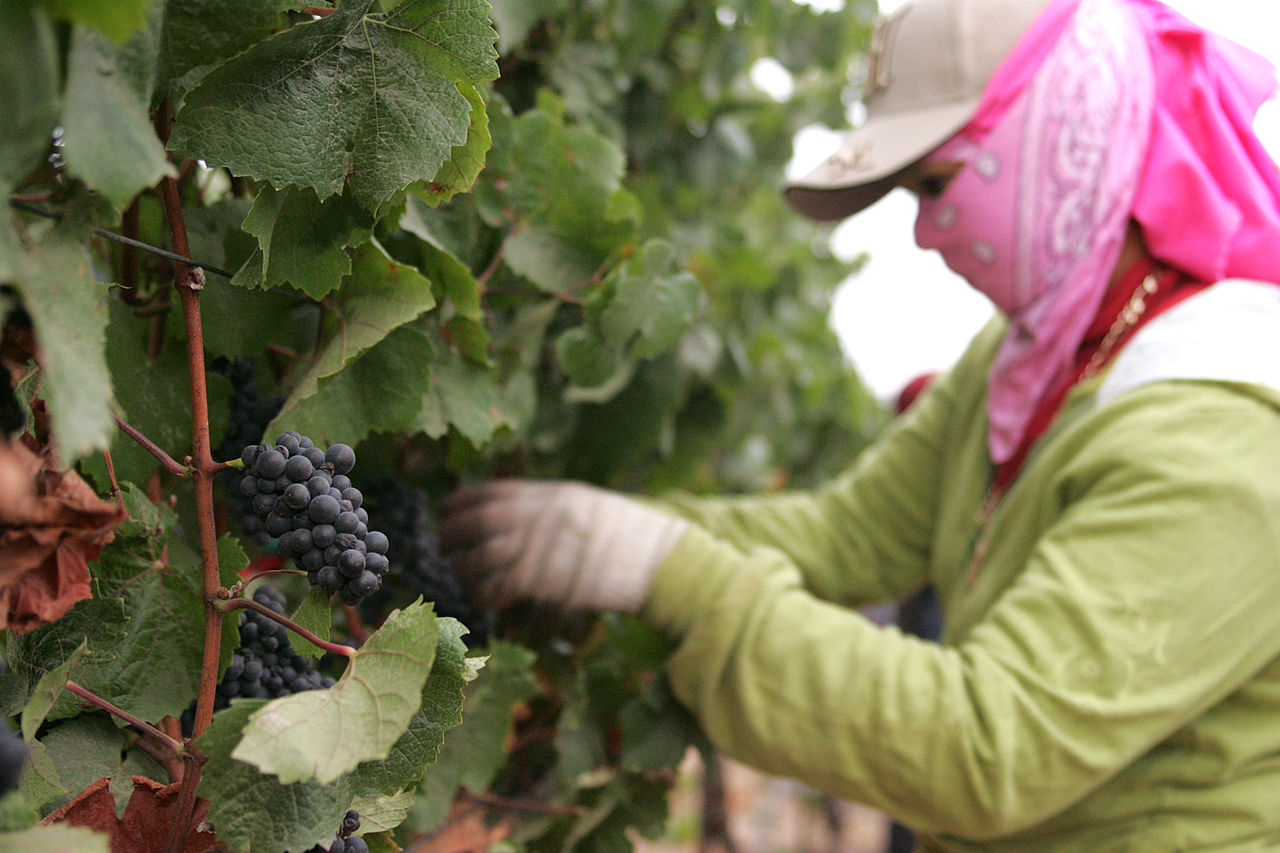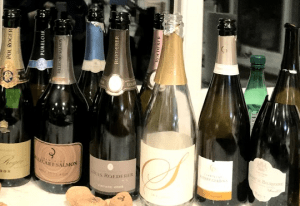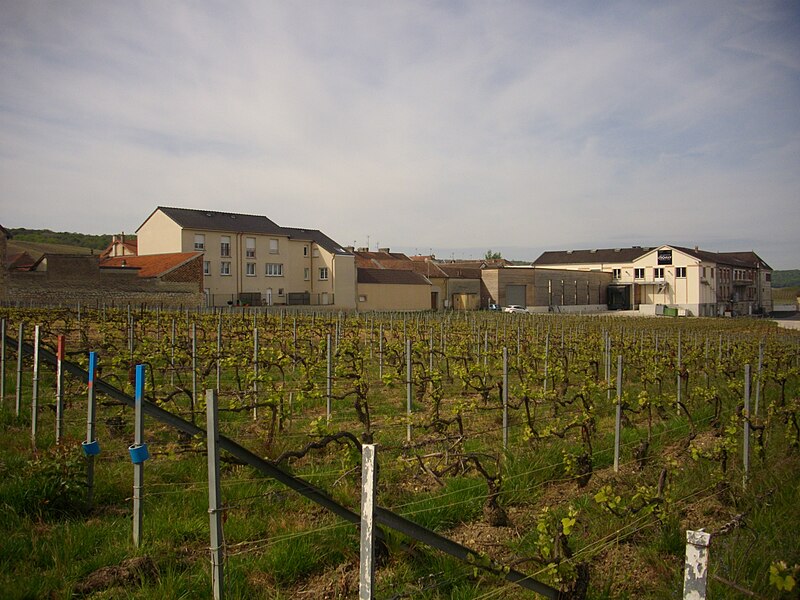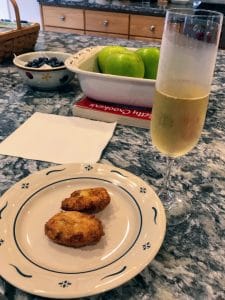Today is Amazon Prime Day, a day that Amazon claims rivals Black Friday and Cyber Monday for buyers looking to get a good deal.
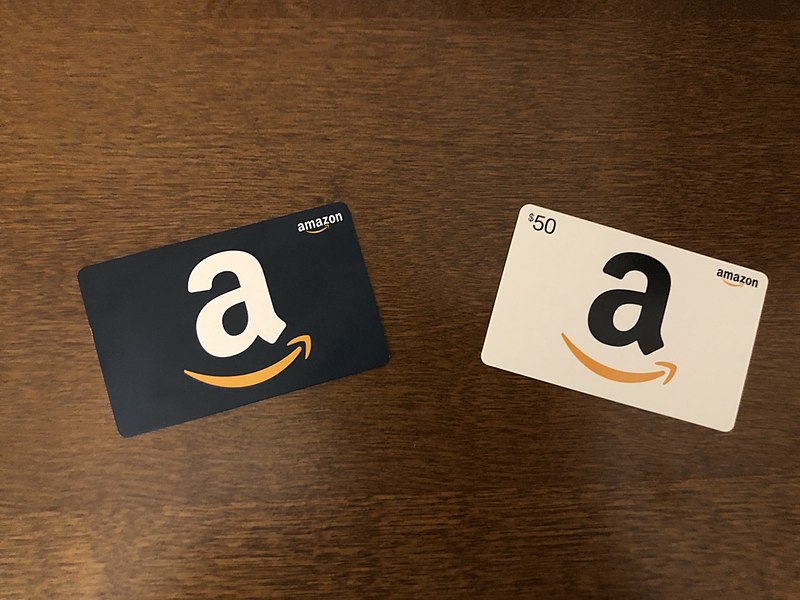
While there are some interesting buys, I’ve found that the pickings are often slim on deals targeting wine lovers.
Still it’s always worth taking a look to see if anything catches our eyes.
Oster Cordless Electric Wine Bottle Opener with Foil Cutter– Regularly $19.99, today $14.39 for Prime Members.
Personally, I’m not a huge fan of electric bottle openers–preferring my old trusty double-hinged corkscrew or Rabbit-lever openers. My biggest complaint is how easy the electric bottle openers seem to burn out after a year or two of use. But for less than $15, even getting a year of use might not be that bad. So while this will be a pass for me, I can see this being a decent buy–especially for senior citizens or folks with arthritis that may have difficulties with other openers.
Coravin Model Limited Edition Wine Preservation System– Regularly $349.95, today $174.95 for Prime Members.
I paid around $300 for my old Coravin Model 1000 system three years ago so I will say that this is a very good deal. If my current Coravin wasn’t working perfectly fine, I would be very tempted because even though you can get the cheaper Coravin Model 1 for $199.99, that is a distinctly cheaper, less solidly built version than the regular Coravin.
There is a lot of marketing hype around the Coravin so I will be upfront with some of my real world experiences using it. There is the caveat that potentially the newer models have improved some of my grievances.
Cons:

The author using her Coravin to pour a flight of white wines.
Unless you spring for the $70 kit with the “fast pour” needle, pouring from the Coravin is SLOW!!! You eventually learn some tricks like tilting the bottle upwards and getting the feel right with hitting the gas but it will still take nearly 30 seconds to get a 5 oz pour.
That doesn’t seem like a lot of time but it definitely feels longer while your standing there holding the bottle and waiting for it to finally fill the glass. Compound this with doing a tasting featuring multiple bottles and the time adds up.
The first pour is always a little gassy and “spritzy”. It blows off and won’t impact most wine drinkers but if you are like me and use the Coravin system to help with studying for blind tasting exams, it can throw you off at first.
It doesn’t preserve the wine no where near as long as the marketing hype says it would. Instead of several months or years, realistically I feel like I can get 5 to 7 weeks with reds and 3 to 4 weeks with whites before I start noticing a change in flavor. It’s not like the wine is immediately bad or tasting oxidized but I certainly notice a distinct change that seems to exponentially increase with each revisiting after that point.
Pros:
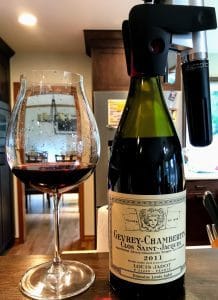
Will Clos Saint-Jacques go with black garlic and salume pizza?
Let’s find out!
Even with only a few weeks worth of preservation, the Coravin is still a great tool to help you get the most out of your wine enjoyment. Instead of having to feel like you need to finish a bottle within a day or two, you can stretch it out over several glasses for days/weeks.
With dinner you can have different wines with each course, creating your own version of The Somm Game. Want to test out various pairings? Knock yourself out and pour two different wines to see what works best. If you and your spouse can’t agree on what wine to have with dinner, you can each have whatever you like.
And, most importantly to me, it truly is invaluable as a study tool for tasting exams. Want to taste the terroir differences of the crus of Barolo? Explore what makes “mountain fruit” of Howell Mountain, Spring Mountain and Diamond Mountain so different than the Cabernet Sauvignon grown in the Stags Leap District and valley floor of Napa? You can spend several hundreds of dollars getting examples of these wines and then have to face a decision.
Do you have a big tasting party with friends and open them all at once?
Do you open them up one at a time, take your notes and then try to compare them after the fact?
OR
You can use the Coravin and pour samples of all the different wines you want to compare and contrast and then revisit that tasting several times over the next few weeks.
That, for me, has always been the Coravin’s strongest selling point and the area where I know this tool has saved me the most money.
It’s not really drinking alone if the cat is home stemless wine glass, 15 oz.(cat) – Laser Etched — Regular $14.99, today $11.99 for Prime Members.
Yeah, this is pretty much sums up the kind of offers that Prime Day has for wine lovers. I’ve never felt compelled to spend $12 for a silly engraved wine glass but if that is your thing, you do you.
$5 off print books priced $20 or more
This deal doesn’t work for used books sold by 3rd party sellers which how I buy the vast majority of my wine books.
Many of my favorite wine books that I use frequently on this blog, I bought used from Amazon and paid only a fraction of their asking price.
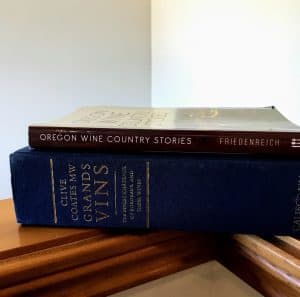
Old or new, I really don’t need an excuse to buy more wine books.
Clive Coates’ Grands Vins: The Finest Châteaux of Bordeaux and Their Wines — Regularly $63.97, available Used for less than $10. Fabulous details on the history of Bordeaux estates used frequently in my Bordeaux Futures series.
Bill Nanson’s The Finest Wines of Burgundy: A Guide to the Best Producers of the Côte D’Or and Their Wines — Regularly $29.26, available Used for less than $10. Very valuable in my Keeping Up with the Joneses of Burgundy series.
Hugh Johnson and Jancis Robinson’s The World Atlas of Wine, 7th Edition — Regularly $42.78, available Used for less than $10. Benchmark standard for wine maps.
Of course, for new releases there are not many used options so this coupon deal could be use for several of the titles featured in previous Geek Notes that are over $20.
From June— Practical Field Guide to Grape Growing and Vine Physiology by Daniel Schuster, Laura Bernini and Andrea Paoletti. $40
From March — Wine: A social and cultural history of the drink that changed our lives by Rod Phillips. $34.95 and Oregon Wine Country Stories: Decoding the Grape by Kenneth Friedenreich. $29.99 hardcover.
If you come across any deals that I missed, post them in the comments below.
Happy shopping!

